Within the vibrant expanse of contemporary Chinese gaming, a title emerged that offered not frantic competition or sprawling fantasy battles, but an invitation to tranquility and artistic immersion. The Legend of the Jiangnan Area, known domestically as Jiangnan Bai Jing Tu, stands as a captivating mobile experience that transports players to an exquisitely rendered vision of China's storied past. Developed by PaperGames, this city-building and management simulation unfolds against the backdrop of the Ming Dynasty’s Jiangnan region – a land celebrated for its picturesque water towns, fertile landscapes, flourishing arts, and prosperous merchants. More than just a game, it functions as a serene digital scroll painting, inviting players worldwide to meticulously restore and cultivate a harmonious slice of ancient Chinese elegance.
Players assume the mantle of a magistrate entrusted with the vital task of rebuilding a county seat devastated by calamity. The journey begins with a landscape scarred by fire or flood, presenting a canvas ripe for renewal. The core mechanics revolve around the careful gathering and management of fundamental resources: wood harvested from diligently managed forests, food cultivated on sprawling farmlands, bronze coins earned through commerce and taxation, and the valuable tael representing the lifeblood of prosperity. These resources fuel the construction and upgrading of a diverse array of structures. Humble residences house the growing population, while workshops buzz with activity producing essential goods. Orchards yield fruit, restaurants serve steaming delicacies, and academies foster learning. Every building placement demands thoughtful consideration, balancing efficiency in resource chains – where farms supply restaurants that feed workers in textile mills producing silk – with an overarching commitment to aesthetic harmony. The strategic challenge lies not in conquest, but in fostering a self-sustaining, visually pleasing community that thrives under careful stewardship.
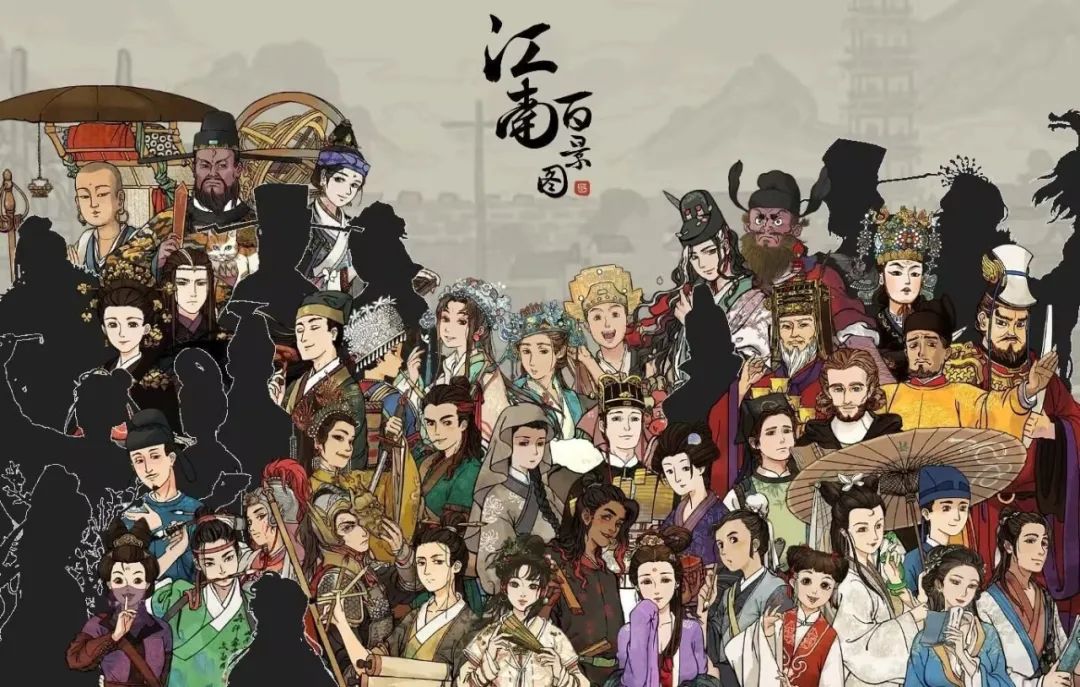
What immediately captivates players, however, is the game’s breathtaking aesthetic, a true homage to classical Chinese art. The Legend of the Jiangnan Area draws profound inspiration from the delicate ink-wash paintings of the Ming era, particularly the refined gongbi style. Every element on screen appears meticulously hand-painted with graceful brushstrokes. Buildings boast intricate details on their gracefully curved roofs and wooden lattices. Trees sway gently, their leaves rendered as dabs of ink; rivers flow with stylized currents; distant mountains fade into soft mist, evoking the ethereal quality of a priceless scroll unfurled on silk. The color palette is deliberately restrained and harmonious – soft verdant greens, tranquil blues, warm earthen browns, punctuated by the auspicious glow of vermilion lanterns and the richness of gilded accents. This cohesive visual language perfectly captures the serene, poetic atmosphere synonymous with Jiangnan. Even the citizens and historical figures inhabiting this world are presented as charming, stylized paper-cutouts, moving with a delightful, almost puppet-like grace across the painted landscape. The overall effect is less a conventional video game and more an interactive, living masterpiece.
These inhabitants are far from mere decorative elements. The Legend of the Jiangnan Area populates its towns with a remarkable roster of personalities drawn directly from China’s vast historical and literary heritage. Players encounter legendary beauties like Xi Shi and Wang Zhaojun, revered poets Li Bai and Du Fu, master painters such as Tang Bohu (Tang Yin), ingenious inventors like Lu Ban, and even formidable generals including Bai Qi and Yue Fei. These figures are integral to the county's restoration, each possessing unique skills and talents. Tang Bohu might inspire cultural endeavors and boost happiness near painting studios or academies. Lu Ban’s legendary craftsmanship significantly accelerates construction projects. The stern general Bai Qi excels at dispelling the ominous Wutu (negative energy) shrouding unexplored territories. Acquiring these characters, often through an in-game recruitment system utilizing resources or special items, adds a compelling layer of collection and strategic deployment. Assigning them to specific residences or tasks aligned with their strengths – watching Du Fu compose poetry, Xi Shi tend to gardens, or Lu Ban supervise a bustling workshop – infuses the gameplay with charm and historical resonance, transforming abstract management into a tapestry woven with legendary threads.
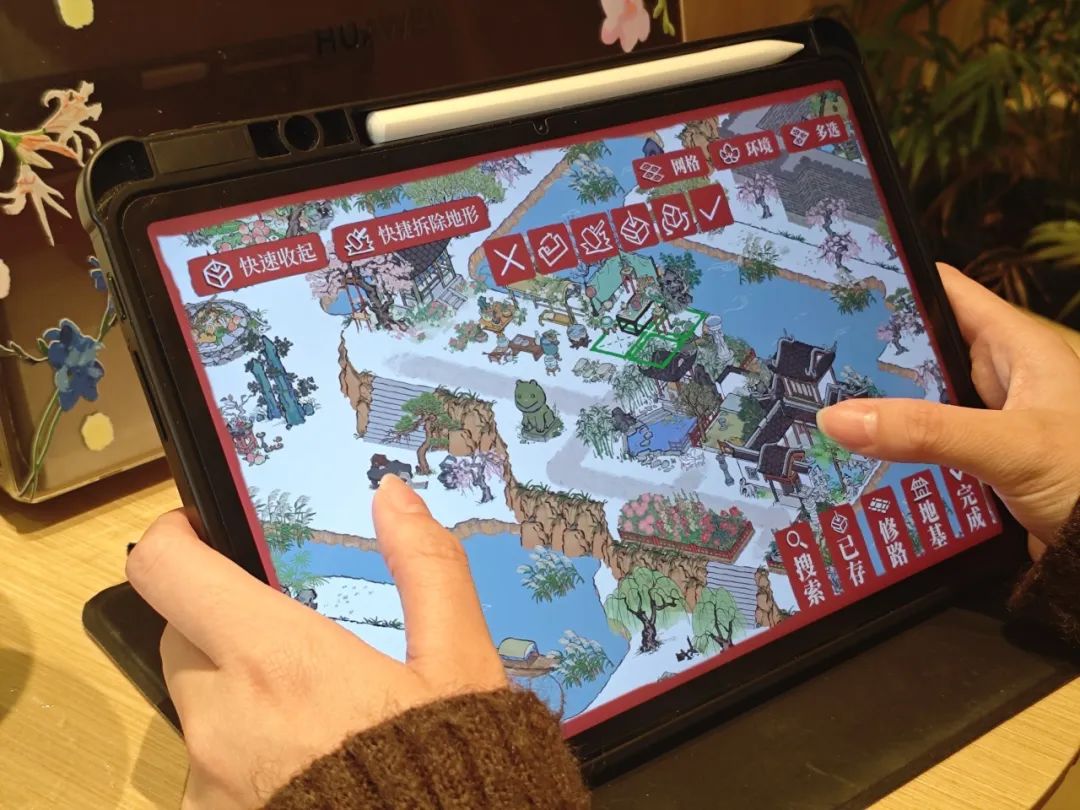
Beyond the central task of town management lies the compelling dimension of exploration. The initial county map is merely the heart of a larger, clouded territory. Players dispatch exploration teams, often led by skilled characters adept at navigating challenges, into adjacent regions veiled by Wutu. Successfully charting these areas involves solving environmental puzzles, placating whimsical spectral entities depicted as more mischievous than menacing, and carefully navigating bamboo groves or rocky paths. Each successful expedition yields valuable rewards: precious resources, intricate blueprints for unique decorative or functional buildings, fragments of the land’s lore, and occasionally, the opportunity to recruit new special characters. These journeys frequently uncover poignant vignettes – a tale of enduring love attached to a weathered bridge, the forgotten history of an overgrown shrine, or the legend behind a peculiar rock formation. This exploration transforms map expansion into narrative discovery, enriching the player’s connection to the virtual Jiangnan with layers of story and atmosphere.
The philosophy of balance subtly underpins the entire experience, reflecting deep-rooted traditional Chinese principles. Players constantly navigate the delicate equilibrium between productivity and well-being. Concentrating too many noisy workshops or smoky kilns in one district inevitably draws complaints from residents, lowering morale and hindering efficiency. Conversely, dedicating excessive space solely to ornamental gardens and pavilions might lead to resource shortages and stagnation. Concepts inspired by the Five Elements Theory (Wu Xing) gently influence the world; certain structures or characters resonate with Wood, Fire, Earth, Metal, or Water. Arranging these elements harmoniously, while not strictly enforced by complex mechanics, often yields subtle bonuses or simply feels aesthetically harmonious. Principles reminiscent of Feng Shui subconsciously guide players towards creating layouts that feel naturally balanced and serene. Maintaining Hexie (harmony) between commerce, culture, agriculture, and residential life becomes more than a practical necessity; it embodies an idealized state of existence within the game’s world, offering a uniquely calming strategic layer absent in many simulation titles.
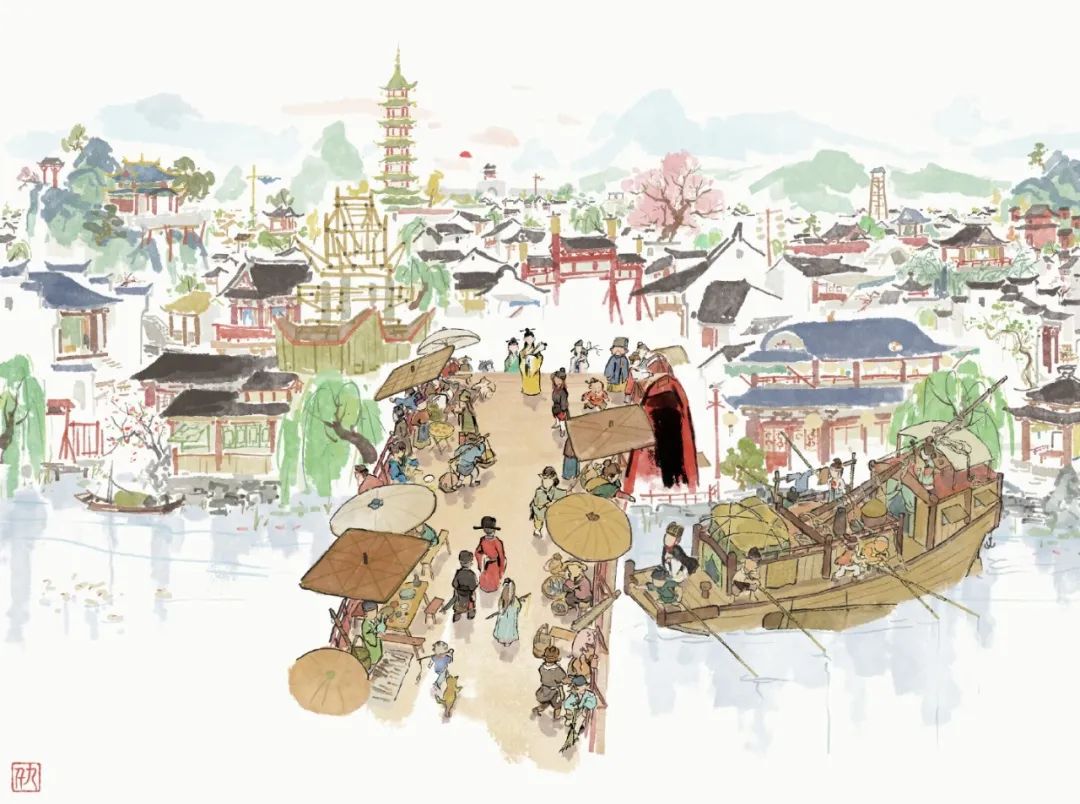
Narrative unfolds gracefully through multiple streams within the painted world. The primary storyline involves restoring the central county and unraveling the mysteries of its downfall, often involving disruptions in the natural order or mythical elements resolved through wisdom and resourcefulness rather than violence. Alongside this central thread, the citizens themselves generate a constant flow of side quests – requests to construct specific decorations to beautify a corner, resolve neighborly disputes, locate lost heirlooms, or fulfill urgent resource demands. Most enriching are the personal narratives woven around each special resident. Unlocking multi-chapter storylines through gameplay reveals glimpses into their personalities, their adapted historical backgrounds, their dreams, and their quiet sorrows. Observing Li Bai’s melancholic search for poetic inspiration, Empress Ma’s pragmatic management of the county’s granaries, or the alchemist Ge Hong’s tireless experiments adds profound human depth. These intimate vignettes, focusing on relatable emotions and aspirations rather than grand epics, ground the fantastical setting and transform the characters from game assets into individuals whose stories players become invested in supporting.
While deeply rooted in Ming Dynasty aesthetics and lore, The Legend of the Jiangnan Area demonstrates exceptional cultural intelligence in its presentation for a global audience. The developers meticulously avoid exoticism or overwhelming players with unexplained terminology. Historical figures are introduced with accessible descriptors ("a legendary beauty famed for her grace," "a poet whose verses echo through centuries," "a master artisan of unparalleled skill"). Cultural touchstones – the vibrant glow of lantern festivals, the exhilarating rush of dragon boat races, the tranquil beauty of scholar's gardens, or the distinctive architecture – are presented naturally within the gameplay and setting. Their significance and charm emerge organically through visual storytelling and context, not dense exposition. The user interface is clean and intuitive, translations strive for accuracy and cultural sensitivity, and the core themes of creation, harmony, artistic beauty, and community resonate universally. This thoughtful approach to localization has been instrumental in fostering its international appeal. Players unfamiliar with the intricacies of Ming history can nevertheless deeply appreciate the tranquility of the gameplay, the sheer beauty of the art, and the universal satisfaction derived from nurturing a thriving, aesthetically pleasing community. The game becomes a gentle, effective ambassador for Chinese cultural heritage, sparking curiosity and appreciation without demanding prior expertise.
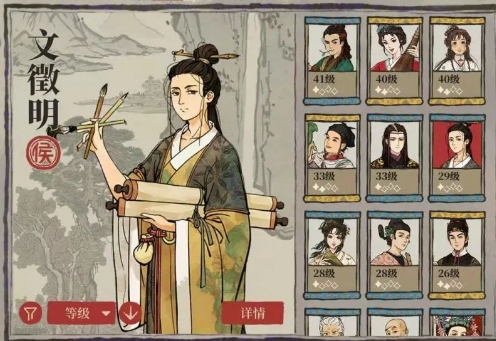
Since reaching audiences beyond China, The Legend of the Jiangnan Area has cultivated a dedicated and passionate global following. Players consistently celebrate its unique visual identity as a refreshing departure from the hyper-realism or exaggerated cartoon styles prevalent in the market. Its emphasis on peaceful management, intricate decoration, and harmonious development offers a compelling alternative to more combative or high-pressure genres, attracting those seeking relaxation, creativity, and a sense of calm accomplishment. The deliberate, contemplative pace, coupled with a monetization approach generally perceived as less aggressive than many mobile counterparts, receives frequent praise. Vibrant online communities flourish where players share breathtaking screenshots of meticulously planned cities, exchange intricate decoration strategies, discuss character lore and stories, and collaboratively translate historical references. Fan art celebrating the game’s charming characters and serene vistas proliferates across social media platforms. The Legend of the Jiangnan Area fosters a global sense of shared appreciation for its beauty and tranquility, connecting diverse players through their admiration for this digital expression of ancient Chinese elegance. Its longevity is sustained by consistent content updates introducing new historical figures (often coinciding with festivals like Chinese New Year or the Mid-Autumn Festival), new explorable regions inspired by real Chinese landscapes, engaging limited-time events offering unique rewards, and a steady stream of exquisite new structures and decorations that continuously fuel players' creative ambitions.
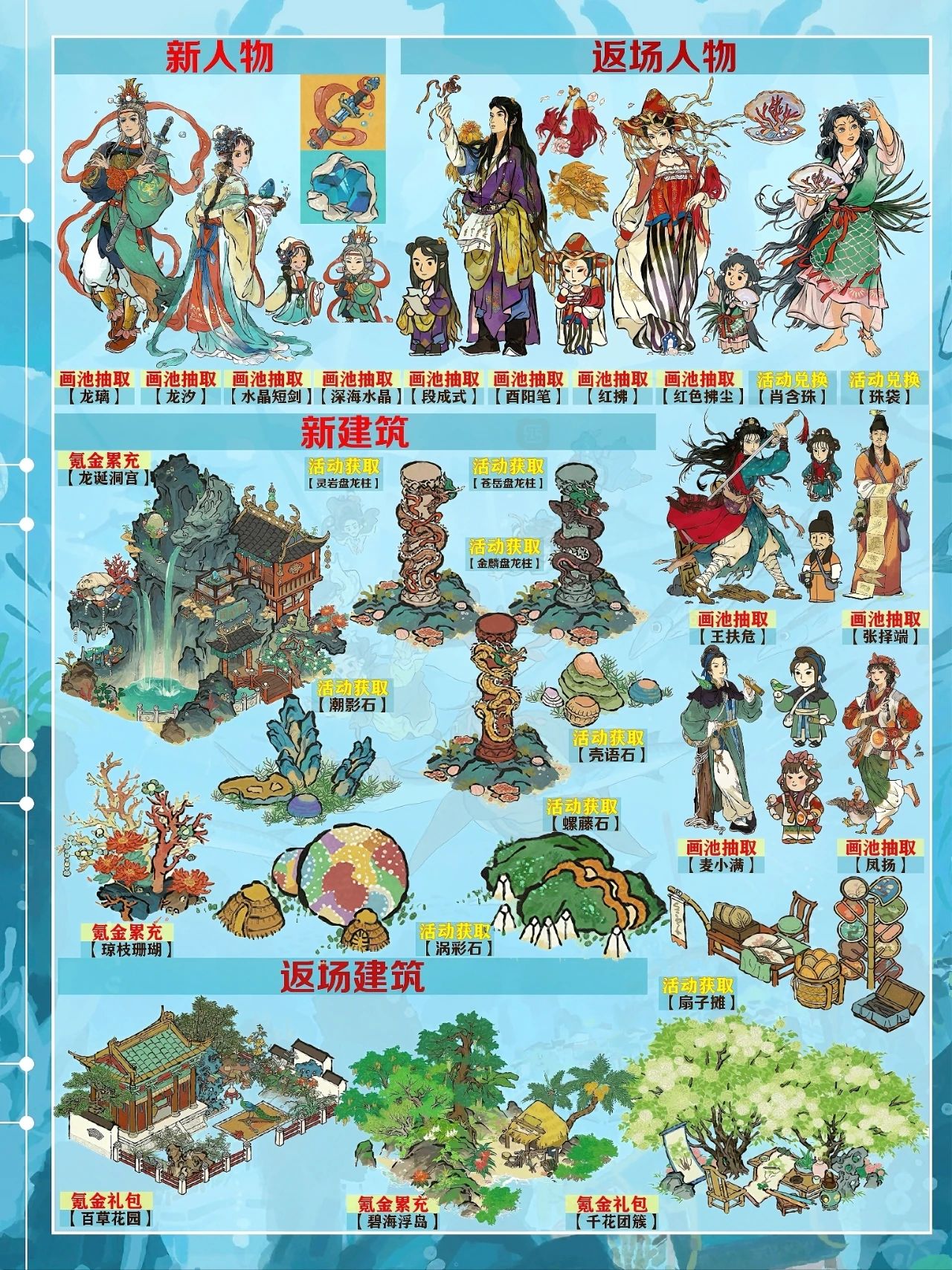
The Legend of the Jiangnan Area represents a significant achievement transcending commercial success. It exemplifies the potential of mobile gaming as a sophisticated medium for cultural expression and artistic ambition. By masterfully blending the soothing, engaging mechanics of city-building simulation with the profound beauty of classical Chinese painting and the rich tapestry of its historical and literary heritage, PaperGames has crafted something far more than mere entertainment. They have created an interactive painting, a serene cultural experience rendered playable. It invites players to slow down, to appreciate the delicate artistry of each virtual brushstroke, to contemplate the subtle philosophies of balance and harmony embedded within its systems, and to discover profound joy in the quiet, meticulous act of creation. The game demonstrates the potent allure of beauty and tranquility within digital spaces and stands as compelling proof that profound cultural heritage can be translated into a captivating, universally resonant interactive experience. As players continue to lay down winding paths beside tranquil canals, plant weeping willows by placid lakes, and watch their charming paper-cutout populace thrive amidst ink-wash mountains, The Legend of the Jiangnan Area endures as a captivating testament on the global gaming canvas – a serene realm where history, art, and the quiet joy of creation intertwine.



